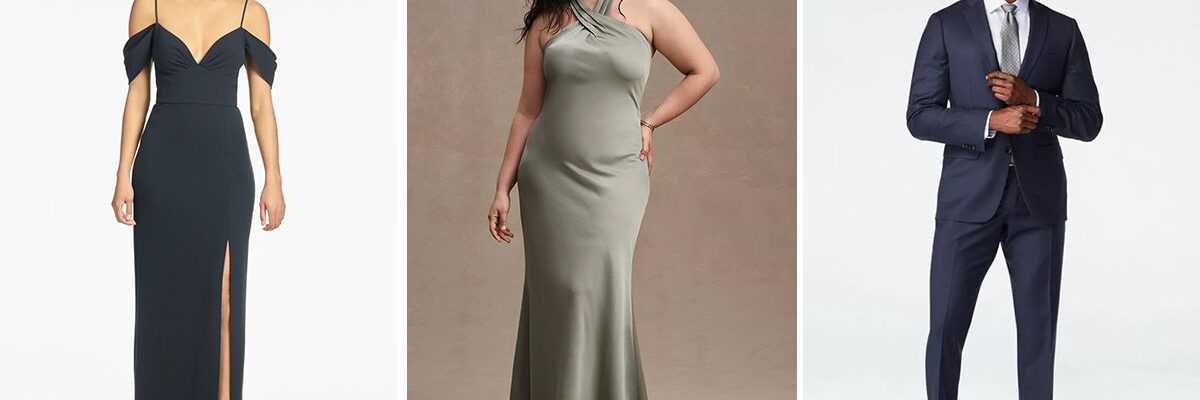Creating a fashion design that embraces inclusivity involves considering a diverse range of body types, cultural backgrounds, and personal styles. Here are some key principles to incorporate into the design process to ensure inclusivity:
- Research and Understand Diversity:
- Start by researching and understanding different body shapes, sizes, and cultural preferences.
- Consider the diversity within your target audience and beyond. This includes age, gender, ethnicity, ability, and more.
- Diverse Representation:
- Ensure that your design team, including designers, pattern makers, and models, reflects diversity. A diverse team brings a variety of perspectives and experiences to the design process.
- Feature models of different sizes, ethnicities, ages, and abilities in promotional materials and runway shows.
- Adaptive and Inclusive Design:
- Design clothing with features that cater to a variety of body types and physical abilities. This could involve adjustable waistbands, adaptive closures, or inclusive sizing.
- Think about how your designs can be easily modified or customized to accommodate individual preferences.
- Cultural Sensitivity:
- Be mindful of cultural appropriation and ensure that your designs respect and celebrate different cultures. Collaborate with members of specific communities when drawing inspiration from their traditions.
- Avoid reinforcing stereotypes or using cultural elements in a superficial or insensitive way.
- Accessible Fashion:
- Consider accessibility in your designs. This includes creating clothing that is easy to put on and take off, accommodating for mobility aids, and using sensory-friendly materials.
- Pay attention to details like buttons, zippers, and closures to make clothing more user-friendly for individuals with various abilities.
- Inclusive Sizing:
- Offer a wide range of sizes to accommodate different body shapes. Consider using a diverse range of models to showcase your sizing options.
- Avoid segregating “plus-size” or “petite” sections; instead, integrate all sizes seamlessly.
- Community Engagement:
- Engage with your community to understand their needs and preferences. Conduct surveys, seek feedback, and involve your audience in the design process.
- Collaborate with influencers and advocates who promote inclusivity in the fashion industry.
- Mindful Marketing:
- Use marketing materials that reflect diversity and inclusivity. Avoid promoting unrealistic beauty standards.
- Highlight stories of individuals who have a personal connection with your brand and showcase a variety of lifestyles.
- Education and Training:
- Provide ongoing education for your design team about the importance of inclusivity. Stay informed about evolving concepts of diversity and cultural sensitivity.
- Encourage continuous learning and openness to new ideas within your team.
- Transparency:
- Be transparent about your efforts to promote inclusivity. Share information about your design process, ethical practices, and commitment to diversity.
- Acknowledge mistakes and learn from them to continuously improve your inclusivity initiatives.
By integrating these principles into your fashion design process, you contribute to a more inclusive and diverse industry that celebrates the uniqueness of individuals.









